Wonderfully diverse and flavorful, Morocco food culture was perpetuated by generations of Moroccans for hundreds of years, tastefully evolving with influences from Berber, Arab, Jewish and French cuisines.
As a Morocco native, my childhood was in a traditional family where the preparation of every meal was like a ritual.
My late grandmother used to go to the souk (local supermarket) daily to buy her ingredients.
Psst, don’t forget to pin this post for later!
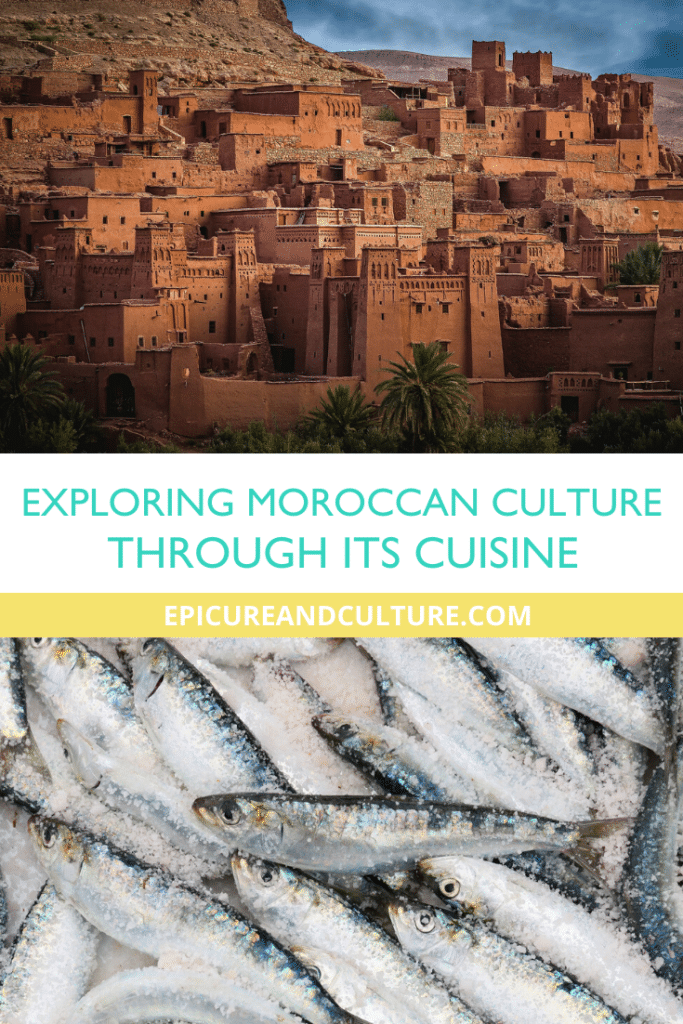
Cooking was done with great care. It could take hours from the moment the ingredients were purchased ultra-fresh from the souk to serving the dish in traditional clay pots.
I was always in the kitchen playing — but also witnessing the whole process as smells, tastes, and textures changed slowly.
Which is probably why I grew fond of Moroccan cooking.
It does not only taste delicious, but it’s also an expression of love.
Morocco Food Culture & The Importance Of Fresh Ingredients
In Moroccan cuisine, fresh natural ingredients make a big difference.
I remember when I left Morocco for France and started cooking there, my tagines didn’t taste the same and it took me a moment to understand why.
Using frozen ingredients or random spices can dull the taste incredibly, and it made me miss the Moroccan kitchen.
You will say that’s just good sense; but in Morocco, the freshness of ingredients is at its maximum even if it adds hours to the cooking process.
Many ingredients that are sold frozen and pre-cut in western markets are prepared by Moroccan women from scratch.
The use of supermarket tomato puree is an aberration.
In #Morocco cooking, the use of supermarket tomato puree is an aberration. Fresh ingredients are a must. #MoroccanFoodEvery Moroccan woman knows how to make her fresh tomato puree in 10 minutes. There will be no additives, no sugar, no preservatives; only the delicious natural tomato juice.
Potatoes are sold directly upon picking covered in their soil, and peas are shelled by Moroccan women every time they want to cook them.
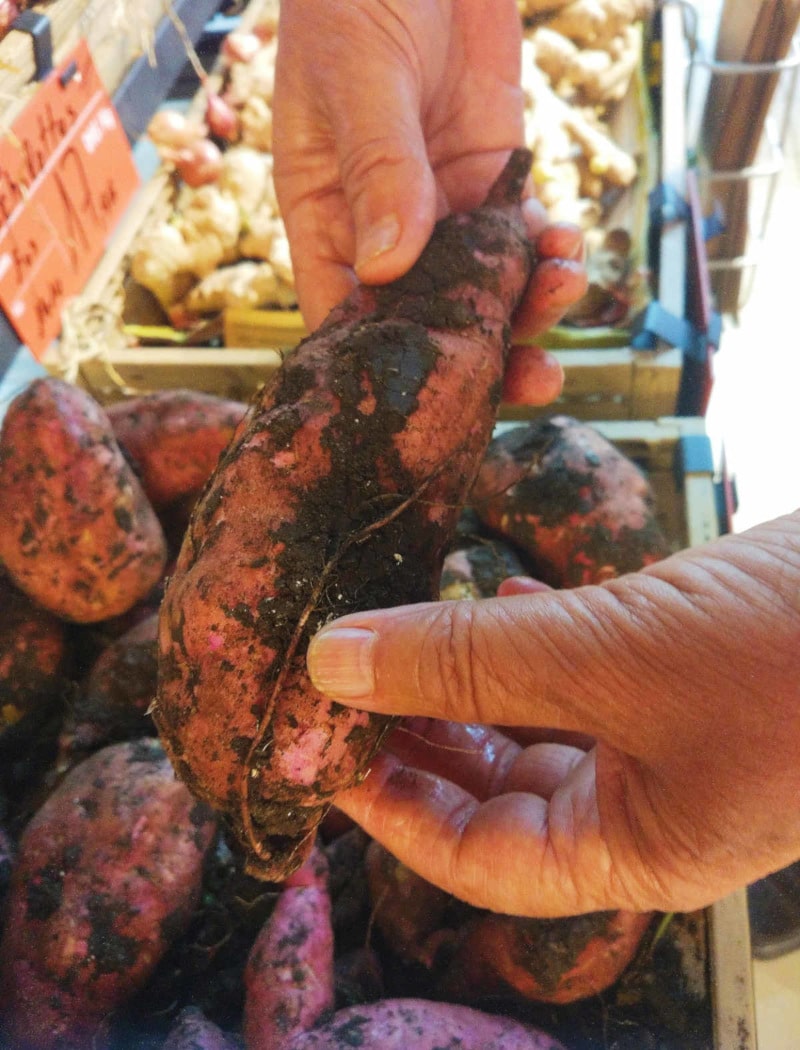
And there is more:
Most of the time, spices in Morocco are prepared from scratch by women or the local herbalist.
Cumin seeds and pepper seeds are thoroughly cleaned and dried — in the sun — before they are ground.
The process can take days.
But when you open a jar of freshly made Moroccan spices, believe me, it’s so worth it!
The smell fills the room and you can imagine what a difference it can make in a dish.
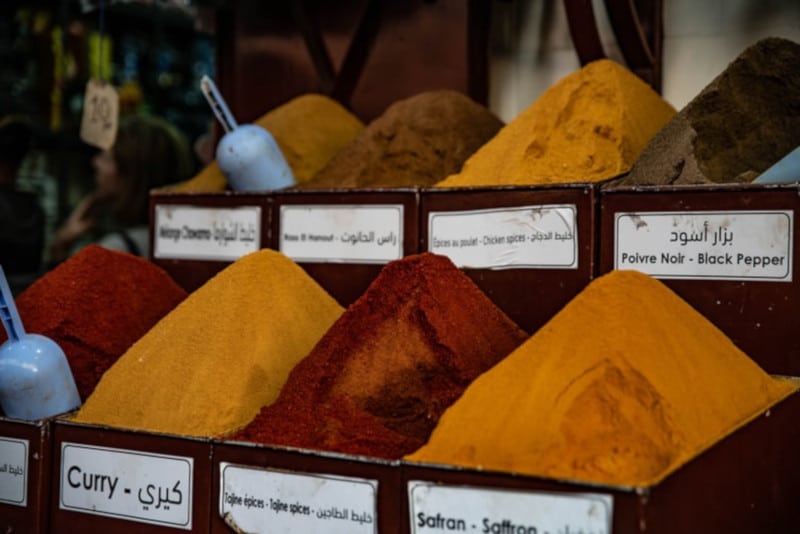
Winning Combinations In Moroccan Cooking
Many food enthusiasts love Moroccan cuisine and how it plays smartly with spices and herbs. It’s amazing how a slight variation in ingredients can completely change the taste of a dish.
Moroccans know what ingredients are best together:
Lemon and fish, ginger and chicken, cumin and chickpeas, and honey and butter are a few winning combinations that Moroccan cuisine loves using to make a dish go from basic to amazing.
YUM! These winning ingredient combinations dominate the #Morocco kitchen. #MoroccanCookingSometimes, a simple ingredient can taste incredibly delicious when combined with the right spices.
Have you tried chickpeas with cumin and salt?
This simple mix is a popular Moroccan street food called Hammas Kamou — delicious and healthy.
Here is how you can give it a try at home:
In a bowl, add rinsed canned chickpeas, a pinch of salt and a generous pinch of cumin. There you go!
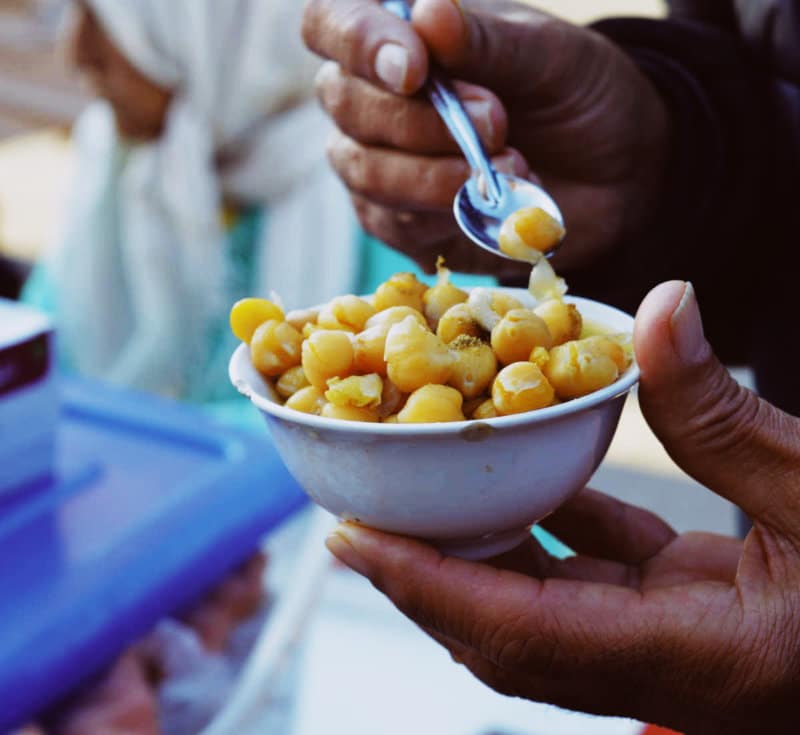
In A Moroccan Kitchen, Give It Time
When traveling to Morocco, you’ll quickly learn what the locals already know:
That the best dishes are those who were slowly cooked and spent hours simmering on a traditional brazier or overnight in hot ashes.
Slow cooking is as important as the ingredients as it allows the flavors to infuse deeply and impregnate every single bite.
Morocco’s most famous dish — the tagine — cooks best on low heat like on a brazier or barbecue pan.
The clay pot can even crack if put on hot temperatures.
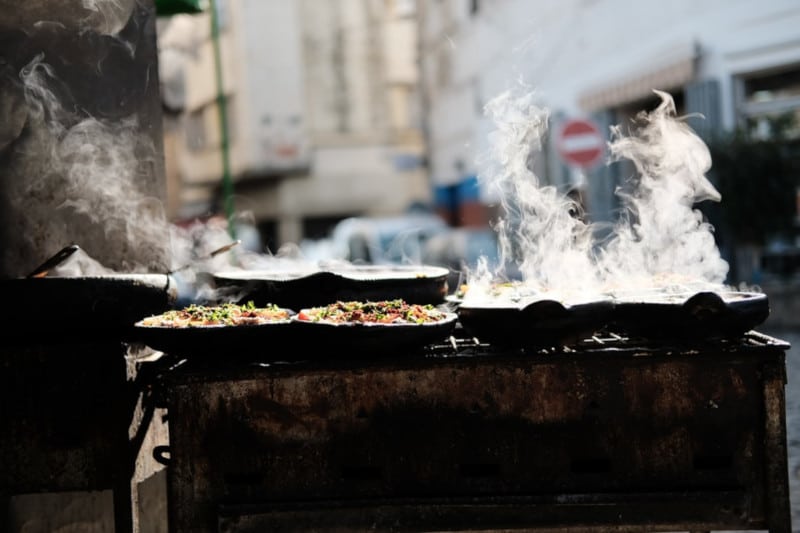
Another Moroccan slow-cooked dish is the Tangia. It’s very popular in Morocco but lesser-known by non-locals.
Tangia is a meat-based dish prepared in a clay jar by mixing meat with specific herbs and spices.
Have you heard of Tangia? It's a delicious dish from #Morcco. Here is why #MoroccanFood is worth the visit in itself!Once secured, the jar cooks in hot oven ashes for hours, sometimes overnight.
This results in a stew that is extremely fragrant and deeply infused with spices and herbs.
It’s a real explosion of flavors.
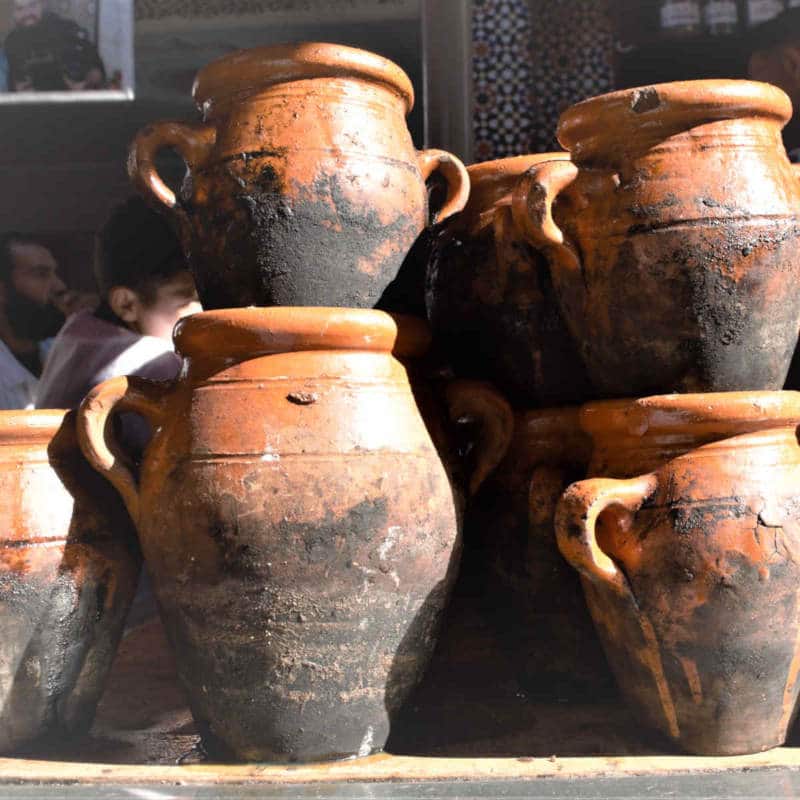
In Morocco a few decades ago, cooking in a pressure cooker was considered untasteful.
Back then, if a host welcomed you with a dish cooked in a pressure cooker, it was like an insult.
Things changed a bit and while extreme slow cooking is not done daily, the brazier and slow cooking techniques are still used on holidays, special occasions and to welcome dear guests.
Delicious Moroccan Pastries
If you have a sweet tooth, there are dozens of Moroccan sweets and pastries to explore.
These sweets benefit too from incorporating Moroccan spices and aromatics.
In fact, orange blossom water, cinnamon, mint, and vanilla, are a few aromatics that Moroccans love mixing with their cakes and pies.
One of Morocco’s famous pastries is the Baghrir, a fluffy pancake with dozens of holes that is a popular dish in a traditional Moroccan breakfast.
It’s served with hot honey and melting butter — heaven in your mouth!
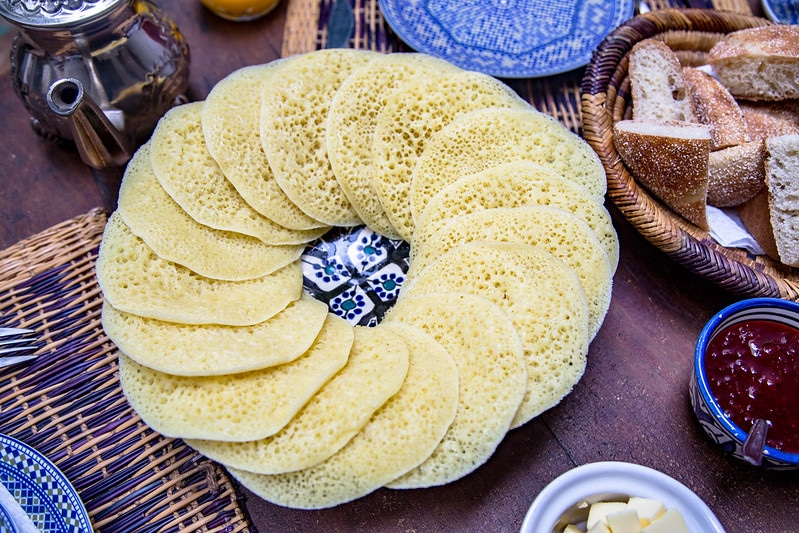
The most famous Moroccan pastries are called Gazelle Horns (in Moroccan, Kaab Ghzal).
Almond butter, orange blossom water, and a few other aromatics are mixed before getting wrapped in a super-thin flour paper called Warka.
In #Morocco, food is love. Here is why. #MoroccanFoodGazelle Horns are a very delicate pastry. They’re quite high-end and served on special occasions or to welcome very dear guests.
If your host serves you gazelle horn, know that you count.
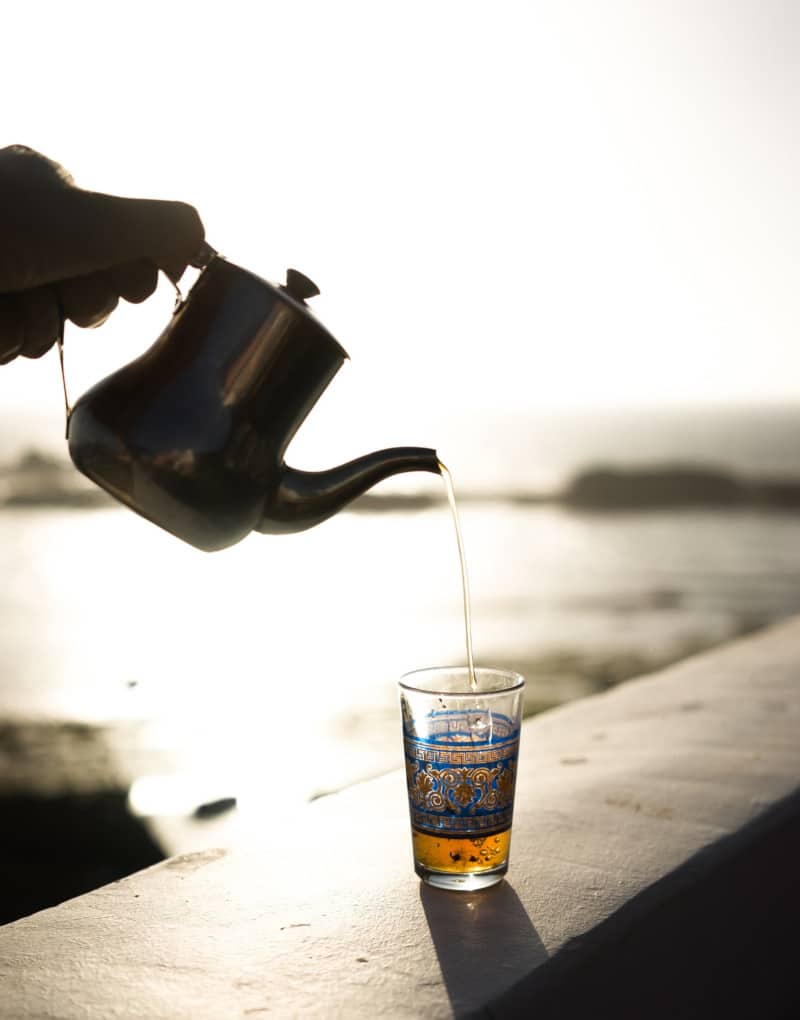
The First Expression Of Love
You can’t enter a Moroccan house and not get served a traditional mint tea.
Even if you are there for only 10 minutes, your Moroccan host will urge you to stay and drink at least one cup.
Moroccans show they care about you by serving you mint tea.
Moroccan mint tea is what starts every relationship in Morocco and the beverage that is served on all occasions — happy or sad, formal or informal.
It’s what ties family and friends.
So if you get offered a Moroccan mint tea, there is an opportunity to create a beautiful human connection.
Do you have any insights into Morocco food culture to add?
What are your favorite Moroccan cooking tips?
Further Exploration:
An Unexpected Adventure At Morocco’s Marrakech Bazaar [Blog Reads]
Morocco: A Culinary Journey with Recipes from the Spice-Scented Markets of Marrakech to the Date-Filled Oasis of Zagora [Delicious Travel]
Fashionable Hidden Pocket Travel Scarves [Style Safety]
Enjoyed this post? Pin it for later!
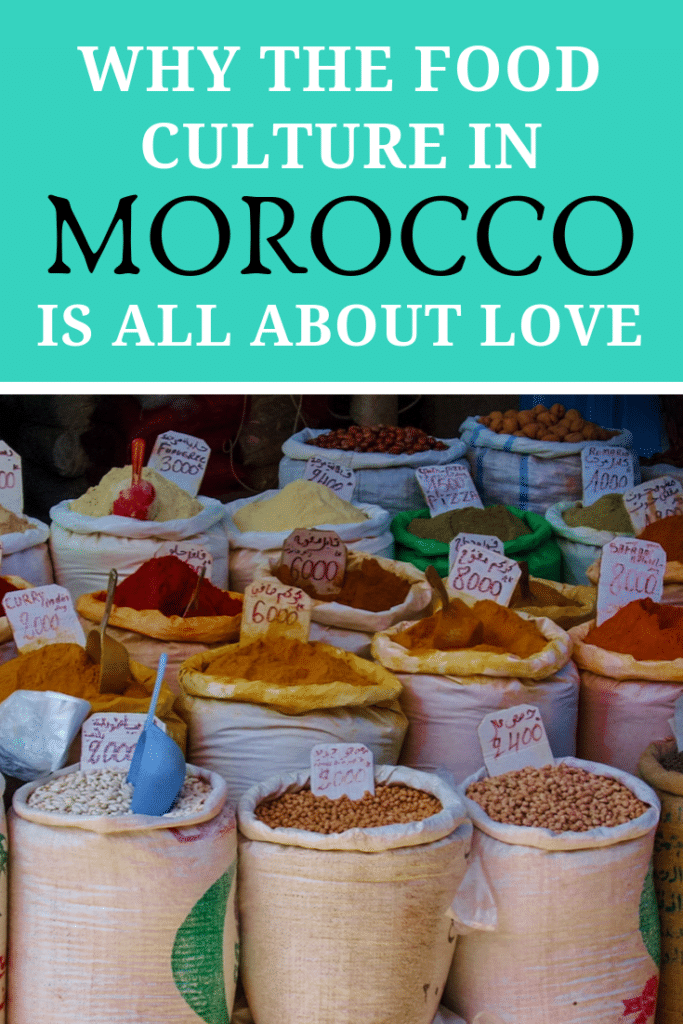

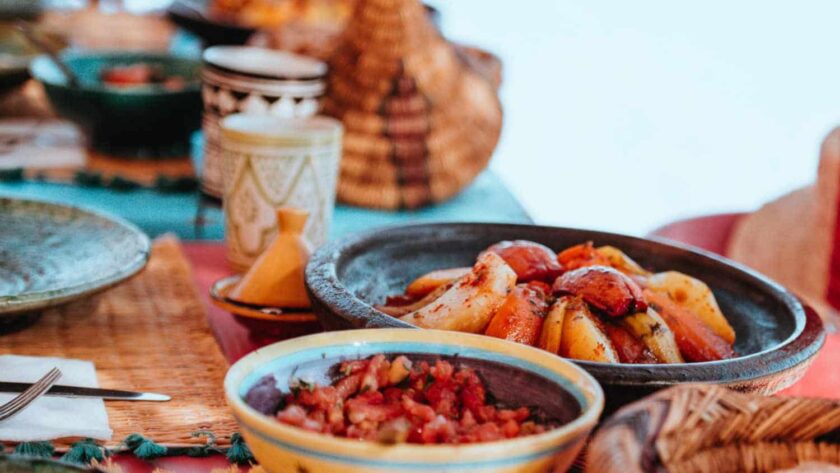

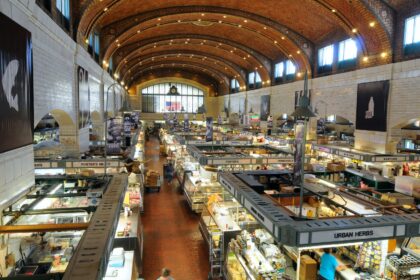


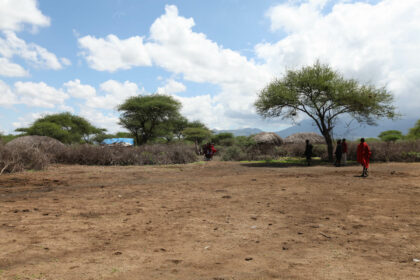
My mouth watered reading this post. I’ve been to Morocco a couple of years ago and fell in love with their cuisine. Really can’t wait to visit again.
Love this post. Very thorough and informative! There’s always so much depth of flavour with Moroccan cuisine!
never been to Morocco but had a few tagines in Moroccan restaurants! I don’t know if they all follow the traditional way of cooking in Morocco, but you could tell they put effort and passion in making each dish.
Very good post, keep sending us such informative articles I visit your website on a regular basis.
Wonderful! I find it amazing that you share with us this kind of topics, I think many people will be as impressed as I was reading this article.